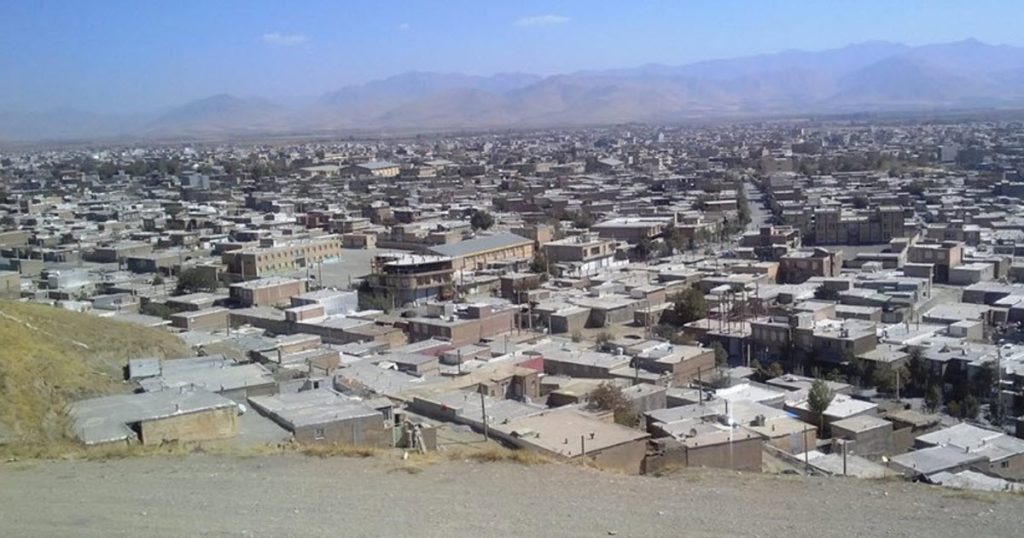Piranshahr, a city located in West Azerbaijan Province in Iran, offers a rich history, diverse culture, and a thriving economy. Nestled near the border with Iraq, Piranshahr boasts a unique blend of ancient heritage and modern development, making it an intriguing destination for visitors and an important center for the region. This article delves into the history, culture, and economy of Piranshahr, exploring its origins, key attractions, and potential for growth.

Historical Roots and Origins
Ancient History
The area surrounding Piranshahr has been inhabited since ancient times, with archaeological evidence suggesting human settlement dates back to the Assyrian period. The city itself was founded during the Sassanian Empire and was originally known as Peroz-Shapur, named after the Sassanian King Peroz I.
Islamic Period
With the arrival of Islam in the 7th century, Piranshahr became an important center for the spread of the new faith in the region. The city continued to flourish under various Islamic dynasties, including the Seljuks, Khwarezmshahs, and the Ilkhanate.
Modern Era
Throughout the centuries, Piranshahr has maintained its significance as a vibrant center of culture and commerce in the region. Today, the city is a bustling urban hub that showcases the rich history and cultural diversity of the area, while also serving as an important economic and administrative center in West Azerbaijan Province.
Cultural Heritage and Attractions
Takht-e Soleyman
One of the most significant cultural attractions near Piranshahr is the UNESCO World Heritage Site of Takht-e Soleyman, an ancient Zoroastrian fire temple located approximately 100 kilometers east of the city. The site, which dates back to the Sassanian period, features the remains of the temple, a royal residence, and a unique lake that was considered sacred by the Zoroastrians.
Ancient Rock Art
The region surrounding Piranshahr is also home to numerous examples of ancient rock art, which provide a fascinating insight into the area’s prehistoric inhabitants. These petroglyphs, which can be found in various locations throughout the region, depict scenes of hunting, animal husbandry, and daily life, and date back thousands of years.
The City of Piranshahr
Piranshahr itself offers visitors a unique blend of ancient and modern, with its bustling streets, lively markets, and traditional architecture. The city is home to several mosques and religious sites, as well as local museums that showcase the region’s history and culture. Visitors can also enjoy the city’s vibrant festivals, such as the annual pomegranate festival, which celebrates the local harvest and features traditional music, dance, and cuisine.
Economy and Development
Agriculture and Horticulture
Agriculture is a crucial sector in Piranshahr’s economy, with the region’s fertile soil and favorable climate supporting a diverse array of crops. The city and its surrounding area are particularly renowned for their fruit production, including pomegranates, apples, grapes, and walnuts. Horticulture is another important aspect of the local economy, with numerous greenhouses producing vegetables and flowers for domestic consumption and export.
Animal Husbandry
In addition to agriculture, animal husbandry plays a significant role in the local economy of Piranshahr. Livestock farming, particularly sheep and cattle, is a major source of income for rural households in the region. The production of dairy products, meat, and wool contributes to the local economy and provides employment opportunities for residents.
Industry and Manufacturing
Piranshahr has experienced growth in its industrial and manufacturing sectors over the years. The city is home to several industrial parks that house a variety of manufacturing facilities, including those focused on food processing, textiles, and construction materials. These sectors, although still in development, contribute to the city’s economic diversification and provide employment opportunities for the local population.
Trade and Commerce
Due to its strategic location near the border with Iraq, Piranshahr serves as an important center for trade and commerce. The city’s proximity to the border facilitates cross-border trade, with goods and services flowing between Iran and Iraq. This trade, in turn, contributes to the economic growth and development of Piranshahr and the wider region.
Challenges and Opportunities for Economic Growth
Despite its thriving agriculture and burgeoning industrial sectors, Piranshahr faces several challenges, including inadequate infrastructure, a lack of economic diversification, and limited access to global markets. To ensure long-term economic growth and development, the city must invest in infrastructure, promote economic diversification, and foster regional and international trade relationships.
Key areas of potential growth include tourism, renewable energy, and the development of small and medium-sized enterprises (SMEs). By capitalizing on its rich history and cultural heritage, Piranshahr can attract visitors and boost its tourism sector. Additionally, the city can leverage its abundant natural resources to explore opportunities in renewable energy, such as solar and wind power. Supporting the growth of SMEs can also contribute to the city’s economic development and provide much-needed employment opportunities for residents.